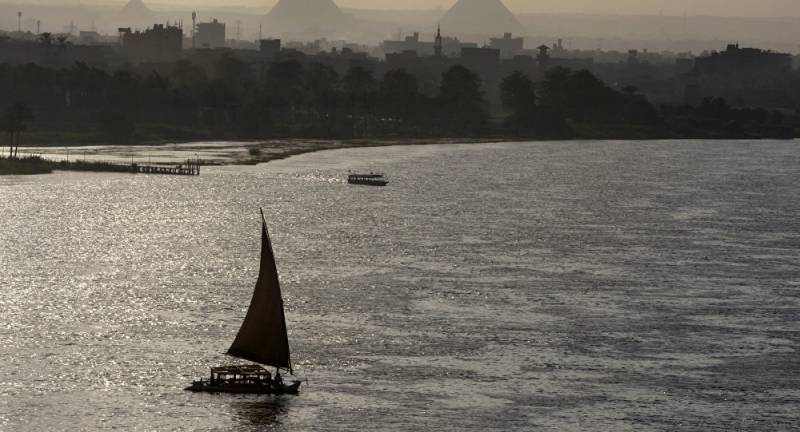The ancient historian presumably visited a shipyard where unique trade boats were built, but no exhibits dating back to the BC-era were known to modern science until recently.
Scientists believe that a sunken ship found at the bottom of the Nile River after having lain there for over 2,500 years, has now revealed a structure whose existence has been shrouded in mystery for centuries.
In the fifth century BC, the Greek historian Herodotus visited Egypt and wrote about an unusual type of boat that was seen racing up the Nile, with 23 lines of his famed Historia, the world’s first great historical narrative, devoted to the construction of a so-called “baris.”
However, there has been no archaeological evidence to date showing that such a structure existed; but now, a “fabulously preserved” wreck off the coast of what was once the port city of Thonis- Heracleion, has proved for the first time that the legendary historian was perfectly accurate in his descriptions.
“It wasn’t until we discovered this wreck that we realised Herodotus was right”, Dr Damian Robinson, director of Oxford University’s Centre for Maritime Archaeology, which is publishing the excavation’s findings, told The Guardian. “What Herodotus described was what we were looking at”.
According to Alexander Belov of the Centre for Egyptological Studies of the Russian Academy of Sciences, the wreck’s nautical disposition echoes Herodotus’ detailed description to such an extent that the boat could have been assembled in the very shipyard that he visited.
In 450 BC, the historian witnessed the construction of, as it is said, a smaller boat, with builders “cutting planks two cubits long [around 100 cm] and arranging them like bricks”. He added: “On the strong and long tenons [pieces of wood] they insert two-cubit planks. When they have built their ship in this way, they stretch beams over them… They obturate the seams from within with papyrus. There is one rudder, passing through a hole in the keel. The mast is of acacia and the sails of papyrus…”
Quite similarly, the recent excavation of what has been dubbed Ship 17 has unearthed a vast crescent-shaped hull, about 70 per cent of which has survived, coupled with an ancient construction involving thick acacia planks held together with tenon-ribs, making “a completely unique form of construction”, per Robinson.
Originally measuring up to 28 metres long, it is one of the first large Egyptian trading boats to have ever been dug out.






